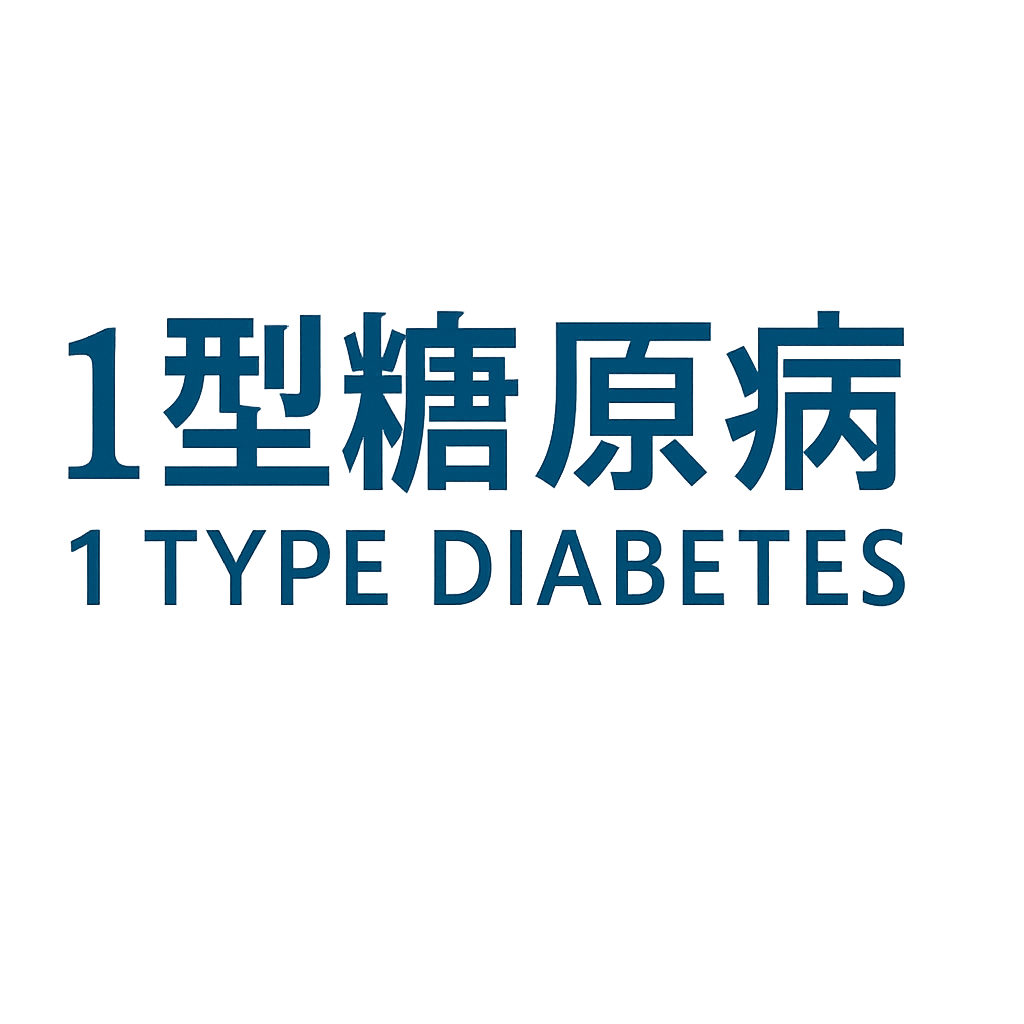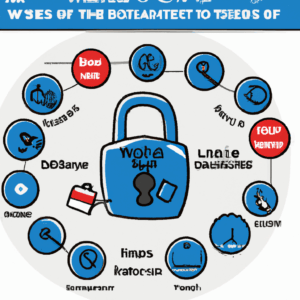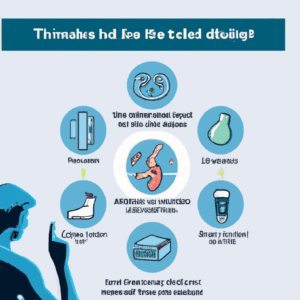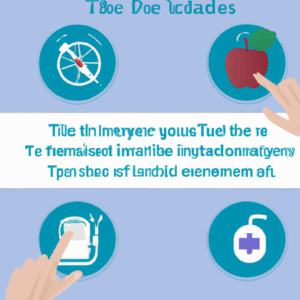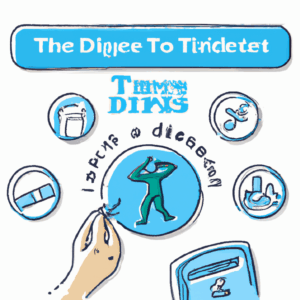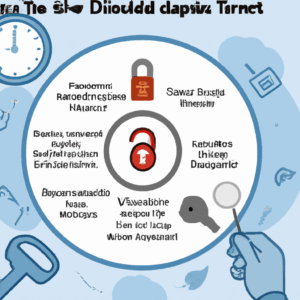Introduction: Context and Importance
Living with Type 1 Diabetes (T1D) presents unique challenges and requires a lifelong commitment to health management. Unlike Type 2 Diabetes, T1D primarily affects younger individuals and is characterized by an autoimmune destruction of insulin-producing beta cells in the pancreas. The absence of insulin production means that individuals with T1D must rely on external insulin administration to regulate blood glucose levels. With an estimated 1.6 million Americans living with this condition, it’s crucial to comprehend the implications of T1D not just on physical health, but also on psychological and social well-being.
The importance of understanding and managing T1D cannot be overstated. Poorly controlled diabetes can lead to complications such as cardiovascular disease, neuropathy, retinopathy, and kidney damage. However, with modern medical advancements and lifestyle strategies, individuals with T1D can lead healthy and fulfilling lives. This blog aims to explore the facets of life with T1D, offering insights, practical advice, and dispelling common myths to empower those affected by this condition.
Medical Overview
Type 1 Diabetes is an autoimmune disease where the body’s immune system mistakenly attacks and destroys the insulin-producing beta cells in the pancreas. Unlike Type 2 Diabetes, which can often be managed through lifestyle changes and oral medications, T1D necessitates lifelong insulin therapy. This condition typically manifests in childhood or adolescence, though adults can also be diagnosed.
The symptoms of T1D can appear suddenly and may include excessive thirst, frequent urination, unexplained weight loss, and fatigue. Diagnosis is confirmed through blood tests that measure blood glucose levels and the presence of certain autoantibodies. Once diagnosed, individuals must learn to manage their condition through a careful balance of insulin administration, diet, physical activity, and regular blood glucose monitoring.
Understanding the pathophysiology of T1D is vital for effective management. Insulin is a hormone that allows glucose to enter cells and be used for energy. Without insulin, glucose remains in the bloodstream, leading to high blood sugar levels, which can cause acute complications like diabetic ketoacidosis and long-term damage to organs and tissues.
Patient Stories
Consider Sarah, a 15-year-old high school student who was diagnosed with T1D at the age of 10. Initially, Sarah and her family were overwhelmed by the diagnosis, as it required a complete overhaul of daily routines and habits. However, with the support of healthcare professionals and diabetes educators, Sarah gradually adapted to her new reality.
Every morning, Sarah checks her blood sugar levels before breakfast and administers her insulin using an insulin pump. Despite the initial fear of needles, she has become adept at managing her insulin doses and understands how different foods affect her blood sugar. Sarah’s parents have played a crucial role in her journey, attending diabetes education classes and ensuring a supportive environment at home.
Then there is Tom, a 30-year-old software engineer who was diagnosed with T1D at age 25. Tom faced challenges in balancing his demanding work schedule with the need to monitor his blood glucose levels. Initially hesitant to share his condition with colleagues, Tom eventually found that openness led to greater understanding and support from his team. He now uses a continuous glucose monitor (CGM), which helps him track his glucose levels in real-time and adjust his insulin accordingly.
Practical Tips for Daily Life
Managing T1D effectively requires a strategic approach to daily life. Here are some practical tips to help individuals with T1D thrive:
1. Master Meal Planning: Understanding the impact of carbohydrates on blood glucose levels is crucial. Learn to count carbs and balance meals to maintain stable glucose levels. Consider consulting a registered dietitian specialized in diabetes for personalized advice.
2. Embrace Technology: Tools like continuous glucose monitors (CGMs) and insulin pumps can provide more precise control over blood sugar levels. These devices offer real-time data and flexibility, helping to prevent both hyperglycemia and hypoglycemia.
3. Stay Active: Regular physical activity is beneficial for overall health and can improve insulin sensitivity. However, it’s important to monitor blood sugar levels before, during, and after exercise to prevent hypoglycemia.
4. Build a Support Network: Connect with others who have T1D through support groups or online communities. Sharing experiences and tips can be invaluable in managing the emotional and practical aspects of living with diabetes.
5. Prioritize Mental Health: The psychological burden of T1D can be significant. Seek support from mental health professionals to address stress, anxiety, or depression, which can affect diabetes management.
Expert Opinions and Clinical Perspectives
Healthcare professionals emphasize the importance of a personalized approach to managing T1D. Dr. Emily Johnson, an endocrinologist specializing in diabetes care, highlights the advancements in diabetes technology that have transformed patient outcomes. “The use of CGMs and insulin pumps has significantly improved the quality of life for many patients, allowing for more precise glucose control and fewer complications,” she notes.
Diabetes educators play a pivotal role in patient education, offering guidance on insulin administration, carbohydrate counting, and problem-solving skills. According to Lisa Carter, a certified diabetes educator, “Empowering patients with knowledge and skills is crucial. We work with individuals to tailor strategies that fit their lifestyle, promoting independence in diabetes management.”
From a clinical perspective, research continues to explore new treatments and technologies. The development of hybrid closed-loop systems, also known as artificial pancreas systems, is a promising advancement. These systems automatically adjust insulin delivery based on real-time glucose readings, reducing the burden of constant monitoring and decision-making for patients.
Common Misconceptions and Correct Understanding
There are several misconceptions about T1D that can lead to misunderstandings and stigma. One common myth is that T1D is caused by poor diet or lifestyle choices. In reality, T1D is an autoimmune condition with no known prevention or cure, and lifestyle factors do not cause it.
Another misconception is that people with T1D cannot lead normal lives. While T1D requires careful management, individuals with the condition can pursue careers, sports, and other activities with proper planning and support. The perception that insulin therapy alone can perfectly control blood sugar levels is also misleading. Successful management involves a comprehensive approach, including monitoring, diet, and lifestyle adjustments.
It’s crucial to understand the distinction between T1D and Type 2 Diabetes. While both conditions involve insulin dysregulation, their causes, treatments, and management differ significantly. Public education and awareness can help dispel myths and reduce the stigma associated with diabetes.
Summary and Outlook
Living with Type 1 Diabetes presents challenges, but with the right tools, knowledge, and support, individuals can thrive beyond the diagnosis. Understanding the medical intricacies of T1D, hearing patient stories, and adopting practical strategies are essential components of effective management.
The future of T1D care is promising, with advancements in technology and research paving the way for improved treatments and quality of life. As awareness grows, so does the potential for reducing stigma and fostering a supportive environment for those affected by T1D.
Ultimately, thriving with T1D involves a holistic approach that encompasses medical management, emotional well-being, and social support. By dispelling myths and embracing innovations, we can empower individuals with T1D to lead fulfilling lives, inspiring hope and resilience in the face of chronic disease.
